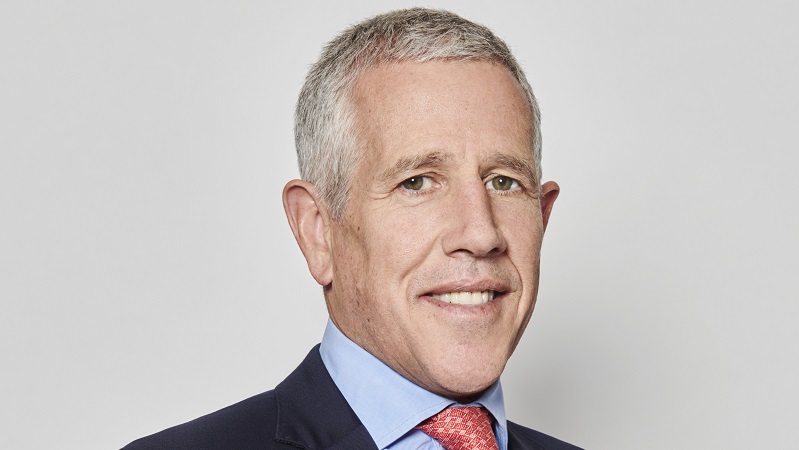Founded in 1990, Bristol-based Rowan Dartington offers a range of portfolio management services, specialising ina dvisory and discretionary management. The firm provides investment management to IFAs, private clients, companies, charities and trusts, while its recent £34m acquisition by St James’s Place has opened the door for further investment and expansion.
Rowan Dartington’s asset allocation team consists of eight professionals, including investment director Tim Cockerill, who heads the research team, and non-executive director and chairman of the asset allocation committee John Betteridge. Also around the table for asset allocation meetings are the heads of equity and fixed interest, as well as a number of research analysts and an investment executive. Rowan Dartington has five risk groupings for all of its portfolios, both model and bespoke. All clients go through a risk-profiling process, which governs the broad asset allocation of the portfolios that are deemed suitable for them, essentially determining the return and risk to which they are exposed.
Let them eat cake
Tactical asset allocation, discussed every month, is what Betteridge calls “the icing on the cake”. “The nature of the cake you are going to eat is based on the model portfolio, and the tactical asset allocation is made in order to add something extra to it,” he says. Rowan Dartington’s asset allocationteam meets up every month to discuss issues and exchange ideas, but in fact rarely makes any changes to its strategy.
Cockerill says these meetings are important because, as he puts it, “challenge ensures the asset allocation decisions we make are sound”. Fresh from the Fed’s first rate hike in December, Cockerill believes the market has already moved on. “Bizarrely, it’s not the first rise but thes econd rise that is key. And the question is how quickly the third one will come after that,” he says.
However, he says interest rates remain at crisis level across the global economy. The big issue for financial markets over the next few years is the pace and scale of normalisation of interest rates, and how these are managed and co-ordinated by central banks around the world. “We have seen a divergence of monetary policy for the first time since the global financial crisis, ie the Fed is tightening while Europe is easing still,” says Cockerill.
“And we are almost certainly going to see more quantitative easing in Japan next year. The road diverged at the end of 2015, and there will probably be some volatility on the back of that. It will be interesting to see how it works and what happens.”










